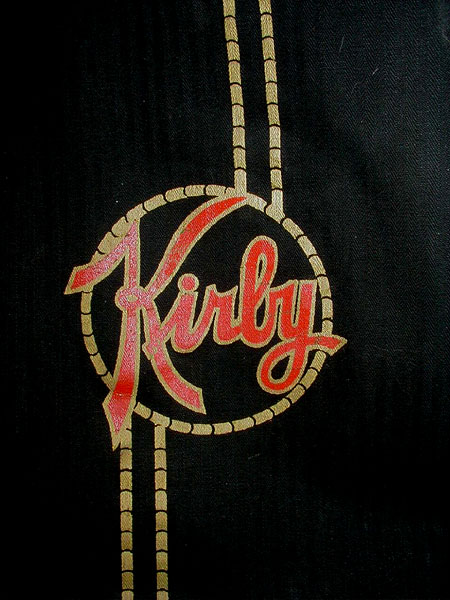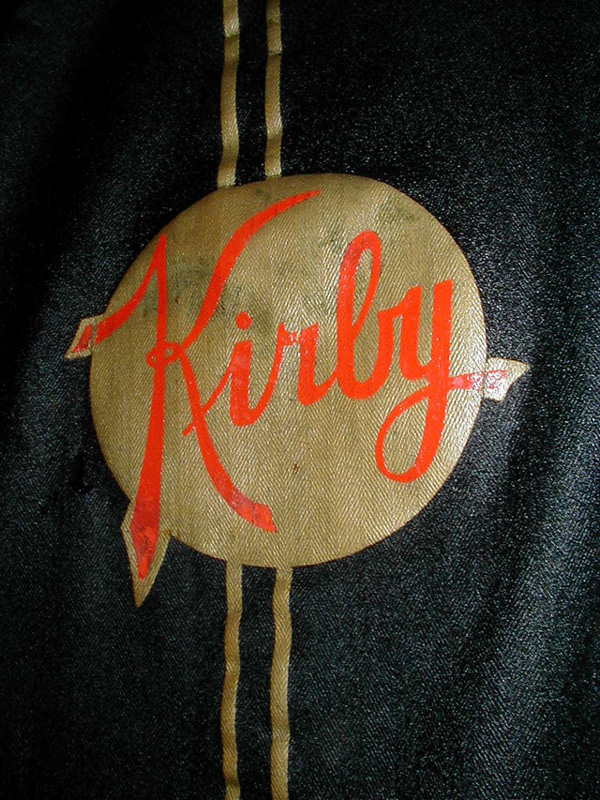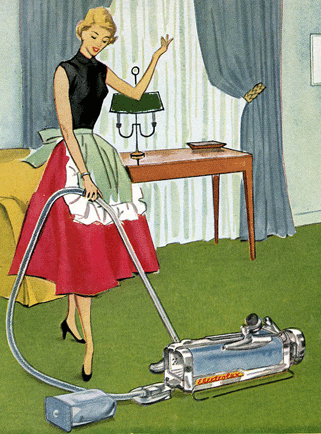|
Thread Number: 1124
fixing loss of suction in old hoses |
[Down to Last] |  |
| Post# 11323 , Reply# 2 3/24/2007 at 08:50 (6,235 days old) by kirbymodel2c (Nottingham, England) | ||
Great info! | ||
| Post# 11338 , Reply# 4 3/24/2007 at 14:59 (6,235 days old) by seamusuk (Dover Kent UK) | ||
|
Rubber cords.... Hey James/Charles Ive settled on Armor All- It cleans and protects Vinyl, Rubber and plastic. Ive used it on the original cables and handgrips on my 119 Juniors and earlier cleaners- also hoods etc on later models. Seamus | ||
| Post# 11343 , Reply# 5 3/24/2007 at 17:19 (6,235 days old) by kirbymodel2c (Nottingham, England) | ||
Where can you get that????? | ||
| Post# 11344 , Reply# 6 3/24/2007 at 17:34 (6,235 days old) by kirbymodel2c (Nottingham, England) | ||
Mind you. | ||
| Post# 11357 , Reply# 14 3/24/2007 at 22:36 (6,235 days old) by charles~richard () | ||
|
Model C Bag Closeup of logo 
| ||
| Post# 11359 , Reply# 16 3/24/2007 at 22:51 (6,235 days old) by charles~richard () | ||
|
Model R bag close-up of logo 
| ||
| Post# 11360 , Reply# 17 3/24/2007 at 22:55 (6,235 days old) by vacjwt () | ||
|
what a nice bag that is a rare find charles by the way I have fixed about 25 hoses with rubber cement and only trashed 2 but yes try this on hoses that do not mean much to you till you get the hang of it | ||
| Post# 11371 , Reply# 18 3/25/2007 at 08:27 (6,234 days old) by vacuumkid3 () | ||
|
WOW Charles! Those bags are AMAZING!! I LOVE the way the R bag looks! The C is in excellent shape, too! Those are my dream machines, too! :-D You never see them on eBay! It is pretty sad...Well, thanks for the pictures, Charles! They are BEAUTIFUL!!! ~~K~~ | ||
| Post# 11373 , Reply# 19 3/25/2007 at 09:06 (6,234 days old) by kirbymodel2c (Nottingham, England) | ||
Early Kirby model C | ||
| Post# 11380 , Reply# 23 3/25/2007 at 14:36 (6,234 days old) by charles~richard () | ||
|
Thanks for all the tips When I can get to my Kirby R bag, I'll post more pix of it. Right not it's stored in the bottom of my vacuum cleaner display unit and it's a bit of a hassle to get to it. Marty, I'll check on that PlastiDip stuff. Hope it works!! | ||
| Post# 291826 , Reply# 24 8/3/2014 at 21:49 (3,546 days old) by Paul (USA) | ||
|
Since there was no response to Marty's reply (no. 21), I'm just checking to make sure that washing a woven hose as he describes is safe to do both on non-electric and electric hoses. | ||

 Comes to the Rescue!
Comes to the Rescue!